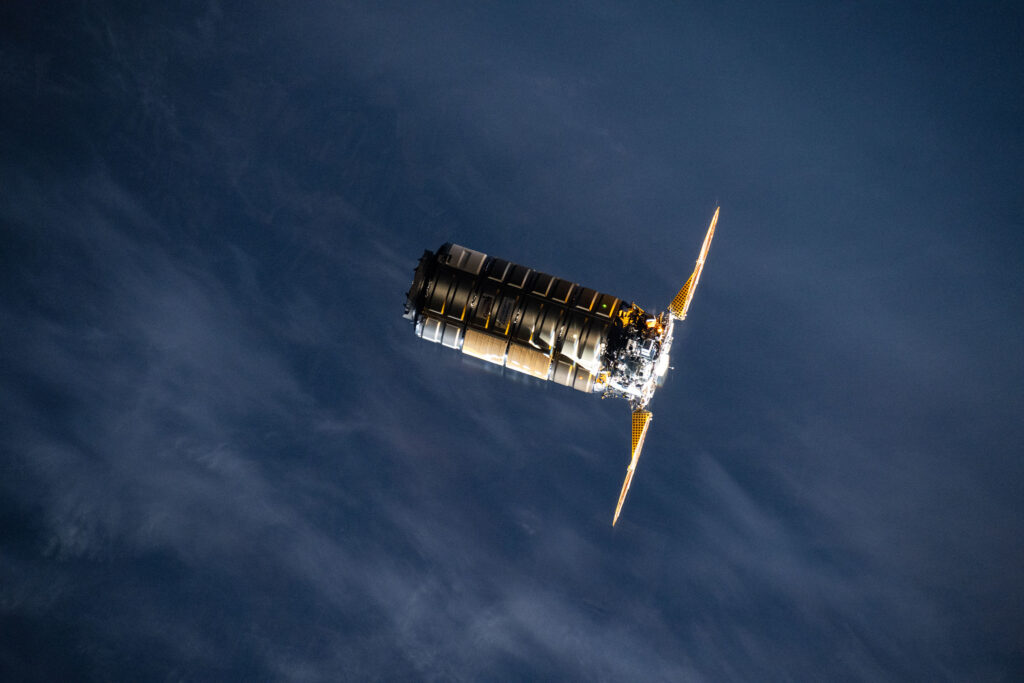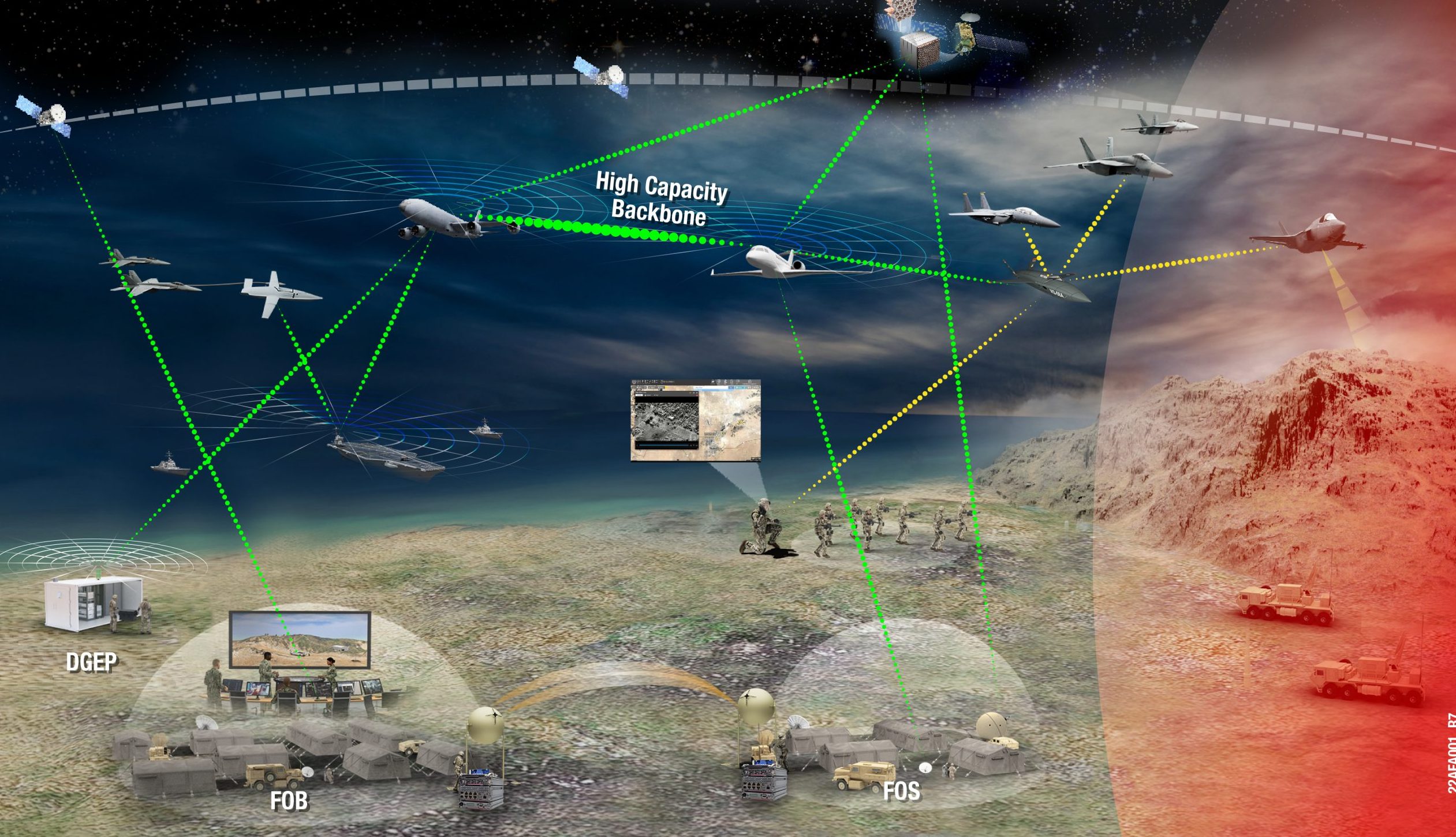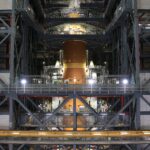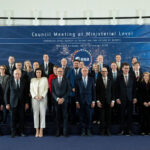Now Reading: Utilize the ISS as a resource: a common sense, fiscally responsible plan leveraging the International Space Station
-
01
Utilize the ISS as a resource: a common sense, fiscally responsible plan leveraging the International Space Station
Utilize the ISS as a resource: a common sense, fiscally responsible plan leveraging the International Space Station
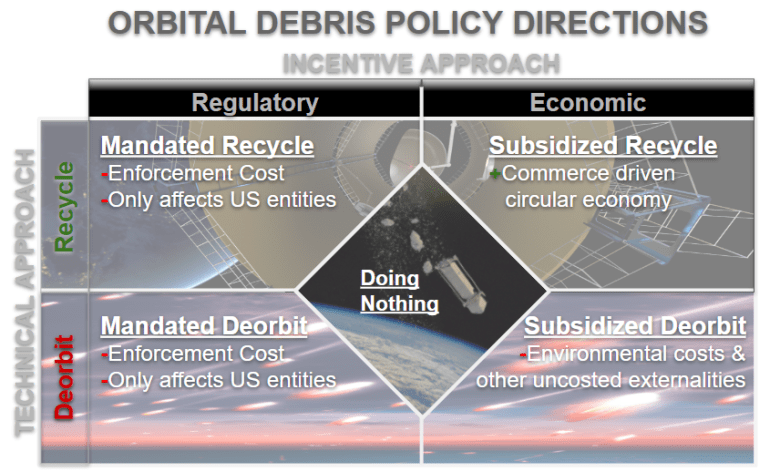
NASA plans to spend approximately $1 billion of taxpayer money to destroy the International Space Station (ISS) in 2030. The ISS contains over $1.5 billion worth of space-grade materials already in orbit. Instead of throwing this asset away, we should redirect that funding to develop the technology to recycle it. This approach saves a valuable asset, prevents wasteful spending and seeds a new, American-led industry in space, ensuring our economic and strategic leadership over competitors like China.
Over the last decade, led by U.S. companies, the commercial satellite industry has ramped to exponential growth — both in economic terms and in mass accumulation in Earth orbit. This industry has provided a critical pillar of orbital infrastructure upon which a thriving orbital economy is being built. One of the major consequences of this growth is that orbital congestion is becoming a very real concern, with potential to cause severe issues for the future of human spaceflight and adversely impact future industry growth by significantly increasing the cost of satellite deployment and operation.
Technical disposal alternatives for an individual satellite resolve to two choices: either deorbit it as debris or to consolidate it in orbit to leverage new infrastructure construction. Transforming those materials into feedstocks that can be used in manufacturing new hardware and infrastructure in orbit would kickstart a new commercial economy. However, there is currently no matured technology solution for this kind of processing on orbit, so deorbiting is thus far the only viable option.
Strategic policy, however, should be governed by the desired state rather than the limitations of the status quo. We should be picking our technology development based not on what’s easy, but to best organize and measure our energies and skills.
Yes, it’s “easy”, but the current plan is wasteful and shortsighted
For decades, the standard practice for dealing with old satellites has been to simply burn them up in the atmosphere. This is the current plan for the ISS. NASA is planning to spend nearly $1 billion on a SpaceX “deorbit vehicle” to y crash the ISS into the ocean. The ISS is the largest single resource in orbit, comprising 430 metric tons of high-grade aluminum, titanium, and other materials. Based on current launch costs, that material is worth over $1.5 billion, if kept in space. At the bottom of the ocean, worthless.
The Bottom Line: We are poised to spend $1 billion to destroy an asset worth more than $1.5 billion. This is a fiscally irresponsible plan that forfeits a strategic resource, and a golden opportunity.
A better path: material processing refineries in orbit to build a new American-led economy
There is a common-sense alternative: reuse the materials we already have in space. This creates a new “circular space economy” where old satellites and infrastructure become the raw materials for new ones.
- Economic opportunity: A kilogram of material costs at least $3,500 to launch. By processing materials already in orbit, we can provide American companies with the resources they need to build new satellites and products in space, for space, at a fraction of the cost. This will unleash the commercial infosat market already valued at over $20 billion to reach new astronomical heights. Building the government, finance and industry consortium to do this now is the same successful approach the U.S. took in manufacturing to escape the Great Depression and prepare for WWII, that Japan in the 1970’s took to dominate the computer memory market and that Taiwan took with making TSMC the global node for semiconductor fabrication. Investing a fraction of the already planned $1billion earmarked for deorbiting into developing new processing capabilities is a smart use of funds. Instead of a one-time disposal fee, it becomes a seed investment in a self-sustaining American industry that will lower the long-term costs of all government and private space missions.
- Strategic resilience: Launching materials from Earth is the current bottleneck to space commerce. It’s heading toward a single point of failure: with one U.S. launch provider, only two domestic launch sites (one for low latitudes, another for polar orbits) and a single technology (rockets). Utilizing resources already in space to make and deploy new space hardware augments the launch industry and provides supply chain robustness. Closing the circularity loop can help sustain orbital real estate development by commercially incentivizing the clean up of debris that is increasingly devaluing low Earth orbit.
- American leadership: The technology to utilize resources in space is still in its early stages. By making the ISS the anchor project for this new industry, the U.S. can lead its development. If we don’t, our adversaries will. The nation that learns to build with resources in space will dominate the future of commerce and defense in orbit.
The ISS: a unique, time-sensitive opportunity
Recycling the ISS is far more efficient than chasing thousands of pieces of smaller debris. It is a single, massive, and well-understood source of raw material. While there are technical and legal challenges to address with our international partners, these are solvable deal problems that American ingenuity is best poised to overcome and lead. By developing the needed processing capabilities at an already reserved orbit, we provide a destination hub for future consolidation of smaller debris.
The 2030 decommissioning deadline is rapidly approaching. We must act now to change course.
Let’s urge Congress to direct NASA to stop focusing solely on deorbiting the ISS and instead analyze and fund pathways for utilizing it as an uncrewed demonstration logistics and manufacturing hub. The concept is to transfer ownership of US orbital ISS assets to commercial interests, and eliminate the $3 billion annual operational expense to NASA for crewing and maintenance. The existing plan of record would shift from deorbit to autonomous stationkeeping, extending to 2035. NASA should close the critical technology gaps in autonomous processing orbital debris and sponsor a request for proposals (RFP) from industry for recycling the ISS on orbit. Other member nations of the ISS may wish to collaborate and support this effort through technology development, and developing a legal framework for international commerce in space, across the sectors of insurance, finance and law.
Such a RFP could look like this: Perhaps a $300 million award to develop dual use technologies for closing the gaps in orbital processing, with the key selection criteria for the award being the feasibility of successful deployment by 2030 and the percent of station materials used. Launch cost of proposed hardware facility deployment could also be included as a government loan with value of the materials transferred as collateral (using the per unit mass launch cost contracted). Ownership (assets and liability) of ISS will transfer to those companies at decommissioning. At current launch rates, the 430 tons of material comprising the ISS are worth at least $1.5 billion, providing a better incentive to commercial ventures and costing NASA only 10% of the current deorbit contract, while producing new processing capabilities and infrastructure in space, and setting an international leadership example for sustainable practice and free market commerce.
| Cost-benefit analysis for debris remediation approaches | ||
| Solution | Deorbit (per current NASA solicitation) | Recycle Depot (proposed) |
| Cost to U.S. government, as an award from NASA | Roughly $1 billion paid at award in installments until deorbit | $300 million paid at award |
| Government loan for infrastructure launch | – | $300 million paid at launch, repaid post recycling |
| Benefit to commercial space | Roughly $1 billion to a single entity | $1.6 billion to a consortium |
| Economic ROI | 100% over 5 to 10 years | 1,000+% in 5 to 10 yrs |
| Capabilities gained | Incrementally improves existing technology for orbital clearance. NASA gets to pick the winning space tug for making deorbit waste more feasible. | Closes a critical technology gap to enable orbital manufacturing, while incentivizing space junk utilization. |
Looking to the future, how can we expect to prospect, mine, refine and transport asteroids of unknown composition in deep space if we can’t mine the many tons of cataloged, tracked, space grade materials already starting to congest low Earth orbit? Let’s get on with it!
Greg Vialle is the founder of Lunexus Space, a Colorado startup seeking to power the circular economy in space by turning debris into orbital resources, focusing on solar. Greg is a veteran, inventor and multiple proposal awardee for his innovations including NASA Orbital Alchemy Challenge and a NSF Small Business Innovation Research grant. He is also somewhat notorious for instigating the “Recycle the ISS” movement.
SpaceNews is committed to publishing our community’s diverse perspectives. Whether you’re an academic, executive, engineer or even just a concerned citizen of the cosmos, send your arguments and viewpoints to opinion@spacenews.com to be considered for publication online or in our next magazine. The perspectives shared in these opinion articles are solely those of the authors.
Stay Informed With the Latest & Most Important News
Previous Post
Next Post
-
 012024 in Review: Highlights from NASA in Silicon Valley
012024 in Review: Highlights from NASA in Silicon Valley -
 02Panasonic Leica Summilux DG 15mm f/1.7 ASPH review
02Panasonic Leica Summilux DG 15mm f/1.7 ASPH review -
 03How New NASA, India Earth Satellite NISAR Will See Earth
03How New NASA, India Earth Satellite NISAR Will See Earth -
 04And Thus Begins A New Year For Life On Earth
04And Thus Begins A New Year For Life On Earth -
 05Astronomy Activation Ambassadors: A New Era
05Astronomy Activation Ambassadors: A New Era -
06SpaceX launch surge helps set new global launch record in 2024
-
 07Space Force plans new ‘Futures Command’ amid pressure to speed up modernization
07Space Force plans new ‘Futures Command’ amid pressure to speed up modernization















